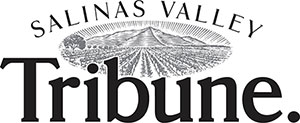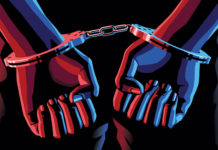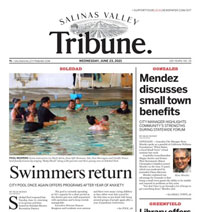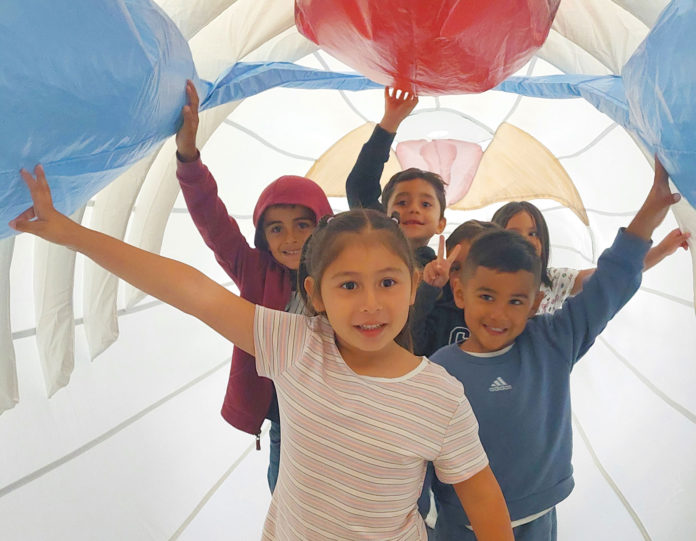
GONZALES — Students from the City of Gonzales Kid Power After-School Program received the chance to walk inside of a humpback whale last month at Fairview Middle School.
Dee, a 43-foot replica of a humpback whale, was the star attraction as the students learned about her inside and out on July 22.
This summer has seen plenty of whales throughout California, including here on the Monterey Bay. According to Amanda Good of Save the Whales, this occurrence has her excited about bringing awareness of whales to South Monterey County.
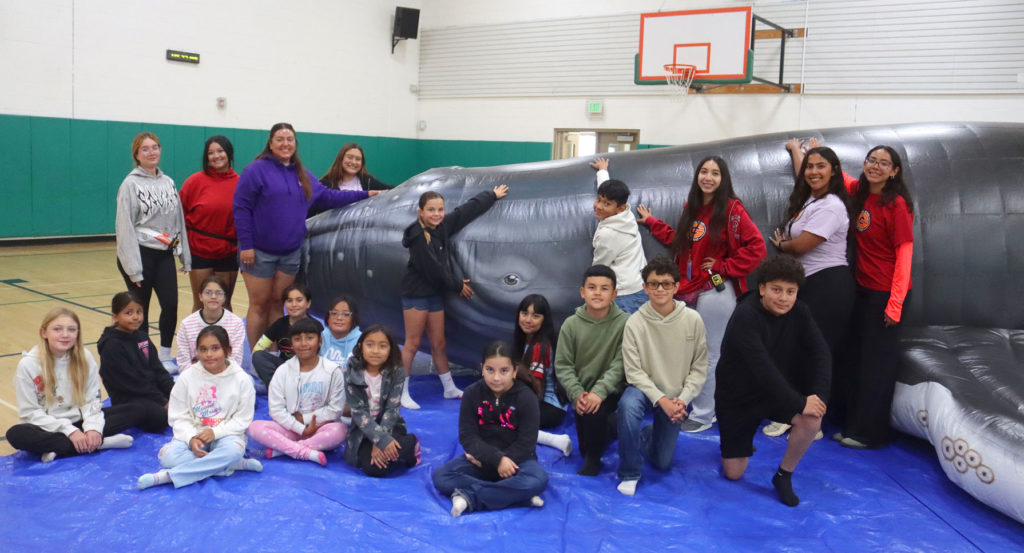
“I really like to do stuff in South County to get kids into the ocean,” Good said. “We do beach field trips to the beach with kids from King City and Soledad, and you would be surprised to know how many people do not get out to the beach. This summer in California, we are getting the grey whales, humpbacks, orcas close to shore, just lots and lots of activity. The whales are feeding locally on anchovies and sardines and humpbacks like Dee are eating krill.”
Inside the school’s gym, the Kid Power participants took turns watching Dee get inflated by the Save the Whales staff. The youth were excited as they were guided inside of the whale, where they learned about and touched Dee’s internal organs, including her heart, lungs and stomach.
“I liked going inside the whale and learning about the tongue, lungs, and that the heart is 400 pounds,” said fourth-grade student Victoria Lomeli. “We also learned that whales travel all over the world.”
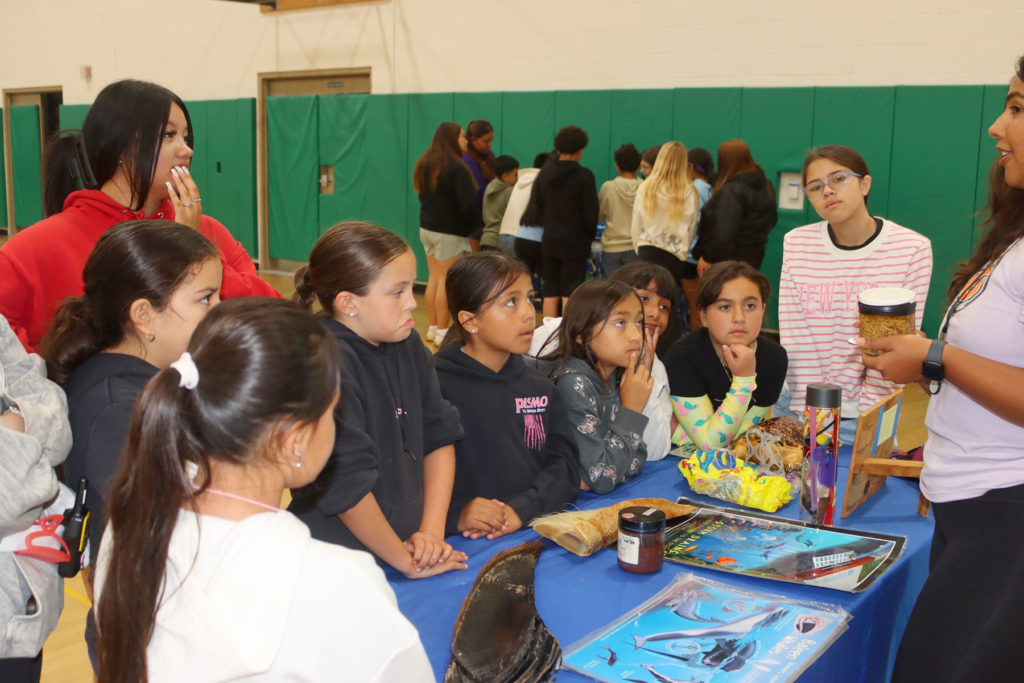
According to Save the Whales Executive Director Maris Sidenstecker, the whale was named for a little girl from Texas who was bullied by classmates.
“A girl called me to tell me she was being bullied and called a fat whale at school,” Sidenstecker explained. “She asked if she could do a T-shirt, and when the shirts went viral, it earned $8,000, and the money was given to us to get started on building this whale. Because of that, we named the whale Dee after the little girl.”
After the Kid Power students walked out of Dee, they learned from hands-on display tables what whales eat (krill), how whales communicate with each other, and how humans can protect whales and other marine inhabitants.

